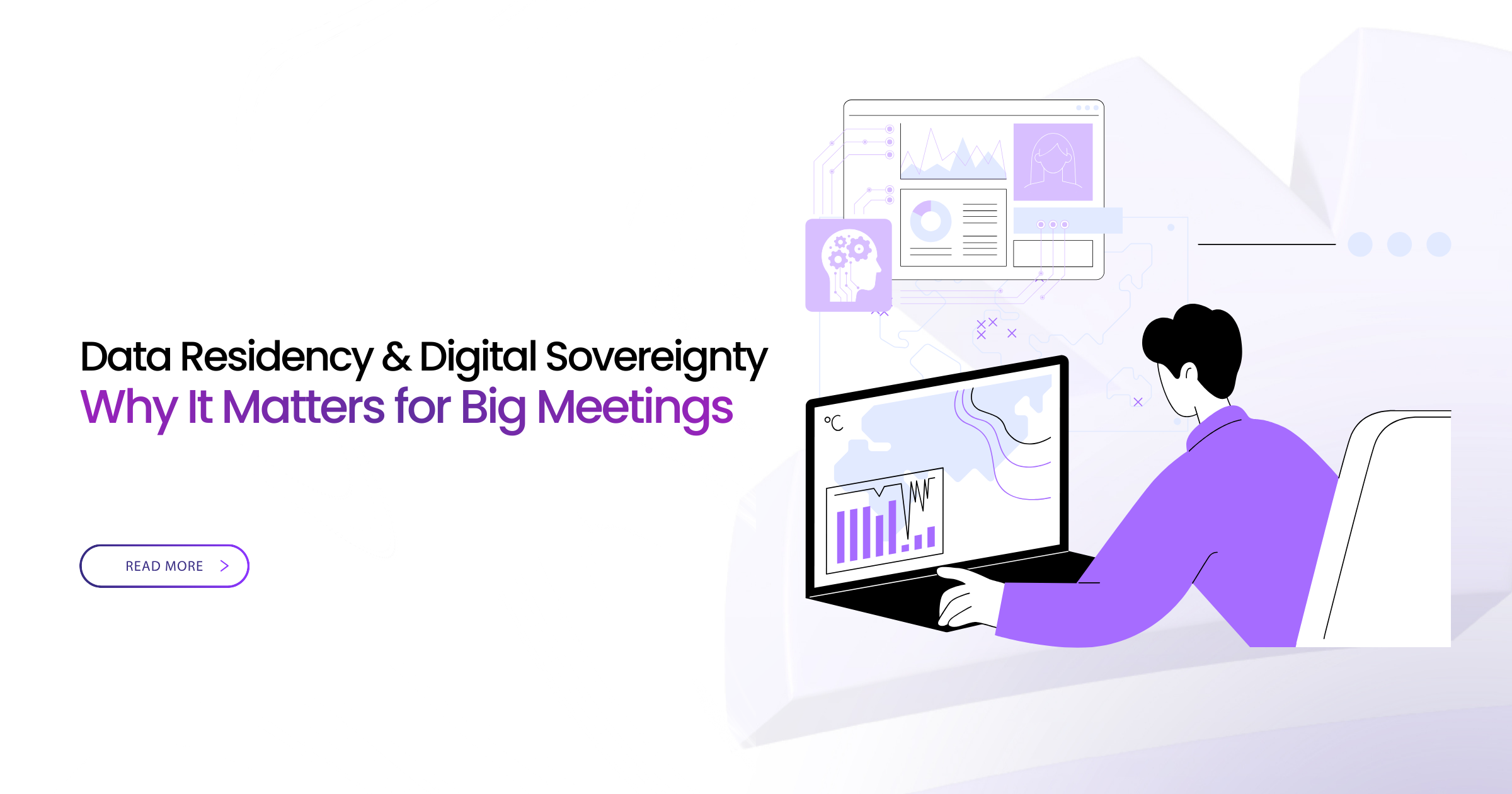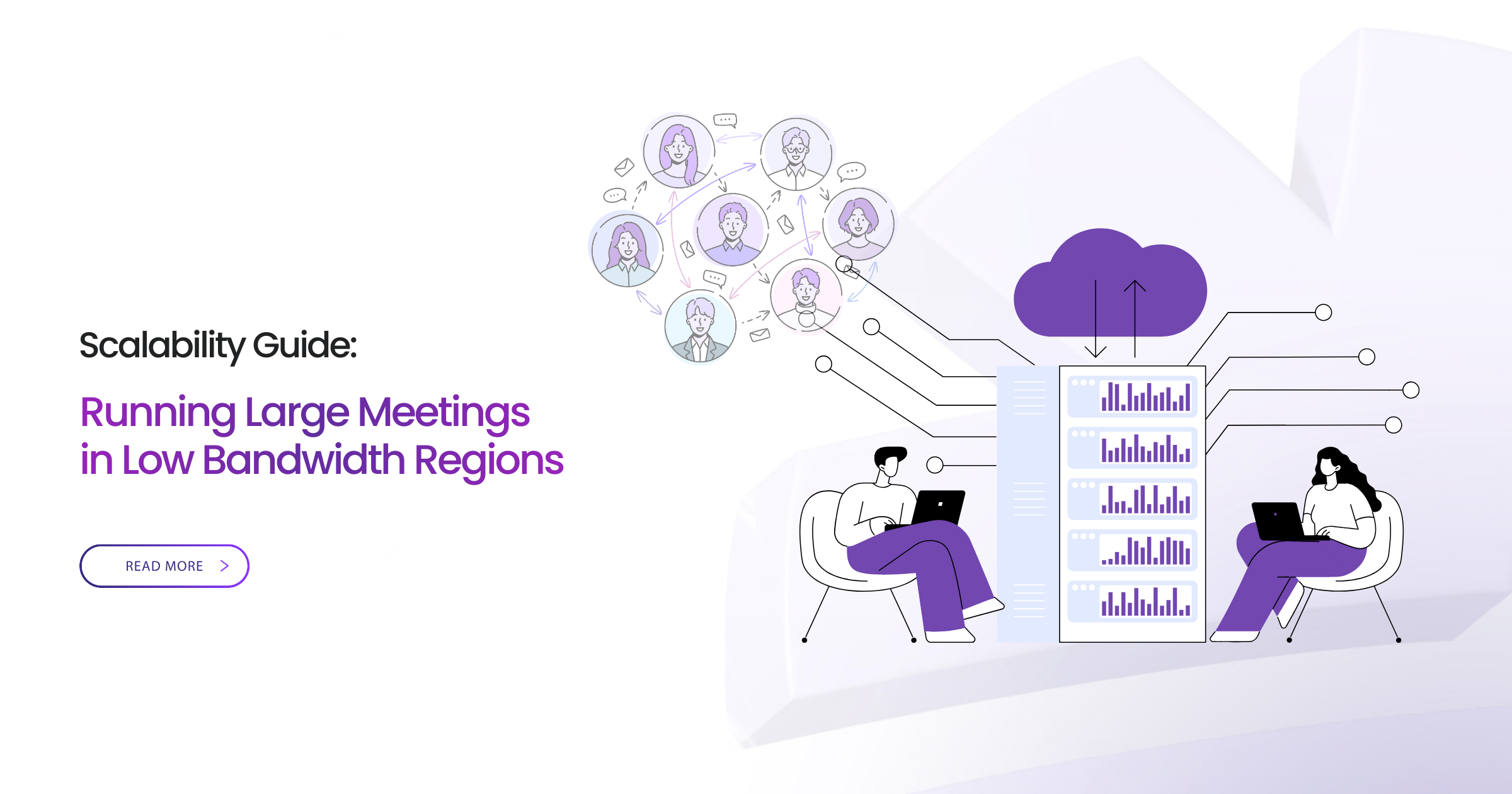The traditional education system is evolving to a new form with digital online tools, which will be an integral part of our learning and teaching processes in the coming days. The growth of online video conferencing solutions has enabled educational institutions to connect and collaborate between teachers and students. During the Covid-19 pandemic, virtual classroom platforms have become the primary tool for maintaining academic activities. However, as the virtual classroom becomes popular, you must be aware of potential security threats and take steps for securing your virtual classroom.
Some security breaches put individuals in compromising situations regarding data protection, privacy, and overall online security. Hence, it’s essential to remain aware of the vulnerabilities in virtual classrooms and keep them secure. This article will explore why data privacy matters, and the risks of exposure in a virtual classroom. Let’s dive into it.
Why Data Privacy Matters in a Virtual Classroom
Educational institutions collect and store student data for several purposes. These data include name, address, gender, birth date, information about parents and families, National Identification number, biometric information, and other confidential materials. Third parties can use this information for their marketing campaigns.
Firms such as Facebook are constantly tapping into the confidential information of learners, causing legal and ethical controversies. As an educator, teacher, or instructor, you must be mindful of the risk and ethical precautions to secure the confidentiality of participants who have registered and attended virtual classrooms. Because of the several moral and constitutional regulations, privacy and confidentiality are essential in virtual classrooms.
Failing to secure confidential information can result in significant financial penalties and legal problems, as well as destroy goodwill and put one’s morals into question. According to a report by VMware and Dell EMC on the current landscape of cyber-security at UK universities, 92% of UK universities admit that a successful cyber-attack on their research data might result in a substantial financial loss of an average of £300,000.
Educators and related authorities should know local, state, and district policies and regulations. Online instructors have a moral obligation to demonstrate and exercise responsible digital citizenship.
Risks That Might be Exposed During Virtual Classroom
In the educational sector, cyber-attacks are too common. According to a 2017 VMware survey, one out of every three universities in the UK is targeted by a cyber-attack each hour, with 87% of respondents reporting victims of at least one successful cyber-attack. The K-12 Cyber Incident Map, which analyzes publicly disclosed cybersecurity incidents in US K-12 public schools, shows that nearly 1200 incidents of cyber-attack have occurred since 2016. The condition has worsened further throughout the pandemic.
According to Emsisoft analysis, the proportion of successful ransomware attempts in the education sector grew by 388% during the second and third quarters of 2020. These statistics indicate how frequently cybersecurity incidents involving confidential information have emerged recently.
Following are some of the risks that might be exposed to in a virtual classroom:
- Phishing
- Scams
- Cyberbullying
- Personal information breaches and data leaks
- virus and malware attacks on software, emails, and databases
- Malware and virus attacks on databases
- Ransomware
- Zoombombing (uninvited, intrusive intrusion)
- Distributed denial of service (DDoS) attacks
In today’s learning environments, the safety of students and teachers goes beyond keeping them healthy. With the abundance of virtual classrooms comes a growing risk of cyber criminals, creepers, and hackers. In many of today’s virtual classrooms, teachers and administrators are learning and adapting how quickly and efficiently they can ensure their classroom’s safety.
Best Practices for Securing Your Virtual Classroom: 8 Pro Tips
Here are a few recommendations that will help you to keep your privacy in check during virtual classes
-
Create a Unique ID and Password
To restrict intruders from gaining access to the virtual classroom, you should create a unique ID and password for each school. Don’t create easily predictable and weak passwords. Try to create complex or alphanumeric passwords with a combination of memorable characters, symbols, numbers, and letters. If you are the host or administrator of a regular virtual classroom, you can create new IDs and passwords for each invitation for learners. This method is more secure than reusing old credentials.
-
Enable the “Waiting Room” Feature
The “Waiting Room” feature on virtual classroom platforms allows you to view who is attempting to join and deny or allow access to the classroom. All participants will wait in a “Queue” or “Lobby” before the host admits individuals who are supposed to be in the classroom and keep out or block anyone who shouldn’t be there.
-
Lock the Virtual Classroom
It would be best to lock the classroom once all the participants have joined. So that intruders or imposters can’t enter the room and steal confidential and sensitive information shared and discussed there.
-
Limit screen sharing
Be careful before sharing your screen for a presentation while conducting a virtual classroom. Close any personal/confidential documents, browser windows, or other items you don’t want others to see. Stop the screen-sharing option of participants by default. You may allow other participants to share their screens during the class when necessary.
-
Check If the Classroom Is Being Recorded
Many virtual classroom software has the feature of recording sessions. Usually, the software displays a “recording” indicator while the course is being recorded. But a virtual class may be recorded even if this indicator doesn’t appear on display. Some screen capture software can record audio without the participants’ knowledge. It is better to assume that the class will be recorded and, if possible, try not to share confidential information.
-
Avoid Sharing Classroom Joining Links Widely
Your virtual classroom invitation links should be sent through secure channels like official emails and to people who are supposed to join the class. It would be best never to share invitation links on social media or the public domain, where an imposter might easily find them and try to gain access in the classroom.
-
Allow Only the Required Permissions
When installing and using virtual classroom software, check what permissions the software asks for. The software should only have microphone and camera access if you present PowerPoint slides in the class. Access to the gallery, files, folders, or location data should not be permitted.
-
Download the Latest Version of the Software
If the virtual classroom platform requires you to download software or a desktop application, always download it directly from the official website or app store. On older software versions, security bugs are more likely to be exploited. Always use the latest version of the software and update that software with security patches and fixes.
Final Words
The virtual classroom is gradually emerging as one of the most effective ways of teaching, with limitless opportunities for study and research. So, a comprehensive data protection initiative is no longer a choice but an obligation. Do not overlook the necessity of online privacy and follow the abovementioned best practices for securing virtual classrooms.


